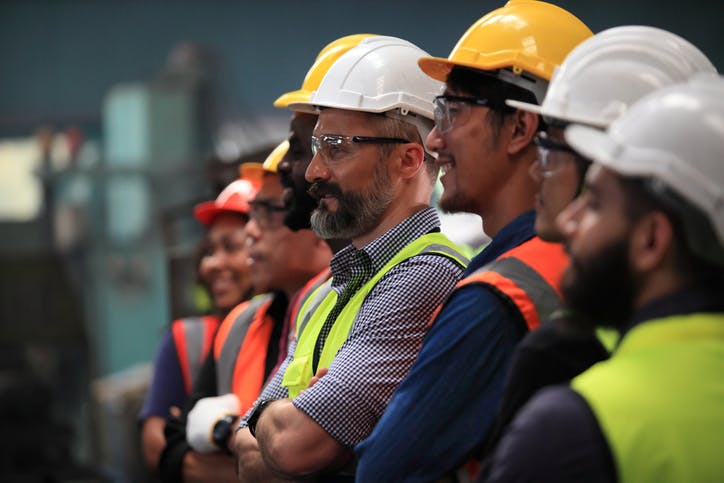Ensuring high-quality control over field operations is at the top of the agenda of field services organizations. Managing resource scarcity and minimizing costs while keeping customers happy with fast and effective service are at stake. Traditionally, many companies have relied on a “Fix it” culture, a model focusing on post-work manual quality control that implies correcting issues after they have occurred. However, this approach doesn’t answer the challenges mentioned above, nor the productivity expectations. In this context, field operation companies must shift towards a more efficient approach to quality in fieldwork. In this article, we are introducing this new approach called “First Time Right.”

Understanding the Old “Fix It” Culture
A “Fix It” culture refers to a company's quality control process, in which repairing errors is standard practice. This approach heavily relies on time-consuming and costly manual inspections once the field worker has completed their work and left the site. Problems are, therefore, addressed only after they occur instead of preventing them from happening.
While this method has been effective to some extent in the past, it is now less satisfactory because companies are running an increasing number of field operations to build, operate, and maintain our infrastructures (telecom, energy, etc.), leaving them with little time to address issues in the field. However, we must recognize that there was no other way to operate in the past, as technologies did not provide any solution to act proactively.
Today, technology has invaded many business spheres to make companies more efficient, and field operations industries are no exception.
The New First Time Right Mindset
Over the past decade, major advancements in Artificial Intelligence and Automation have revolutionized quality control processes. Leading field service companies have embraced a proactive strategy by adopting a First Time Right culture. Indeed, companies now seek to make errors in fieldwork a thing of the past and ensure their installation is properly conducted right at the first visit of the field worker.
This culture is attainable by empowering field technicians with the right tool, such as Visual AI, to automatically control their work in real-time and give them instant feedback on their tasks to ensure their job is done accurately and efficiently while they are on-site. This tool also gives them peace of mind, allowing them to leave the intervention site knowing the work has been done correctly.

Adopting the First Time Right Culture for Cost Efficiency
Minimizing Truck Rolls and Resource Loss with First Time Right
One of the most significant benefits of adopting a First Time Right approach is the reduction in truck rolls. Indeed, by ensuring installations are done correctly the first time, companies avoid follow-up visits, save on fuel and labor costs, and reduce their overall carbon footprint.
Scalability and Better Planning of Future Operations with First Time Right
Shifting to a First-Time-Right culture is only possible through quality control automation. By verifying 100% of field operations with visual AI and providing live feedback to field workers, companies are guaranteed to have their quality standards applied at scale.
Back office teams also benefit from this quality improvement, as they only intervene in operations flagged by the AI. This avoids having the workforce validate properly conducted installations and better assists field technicians. The quality control feedback loop is, therefore, drastically shortened. Instead of planning revisits on-site to correct errors, field operation managers can plan new operations that generate more revenues.
Field operations managers can visualize field data from past operations, allowing them to understand better how technicians perform. Therefore, they can create smart operation planning for their teams to tackle critical tasks efficiently.
First Time Right is becoming more than a mindset; it is a key performance indicator that helps companies monitor their teams' activity. Indeed, companies like Swisscom have introduced First Time Right as a performance indicator of their fiber optic construction and service activation activity, currently hitting 95% thanks to Deepomatic.
First Time Right Enhances Customer Satisfaction
Customers today expect high-quality service and quick resolutions. By adopting a right the first-time approach, companies can significantly improve customer satisfaction. When technicians complete jobs correctly on their first visit, it leads to faster service times and fewer disruptions for the customer, enhancing the overall experience.

The rapid evolution of industries demands a shift in mindset from "Fix It" to "First Time Right." Increasing demand requires field companies to become more efficient while enhancing customer satisfaction. A new software category called First Time Right Automation has been developed in response. This software aims to empower technicians with seamless quality control, minimize costly revisits, and prevent unhappy customers, thereby promoting a sustainable and competitive business model.





